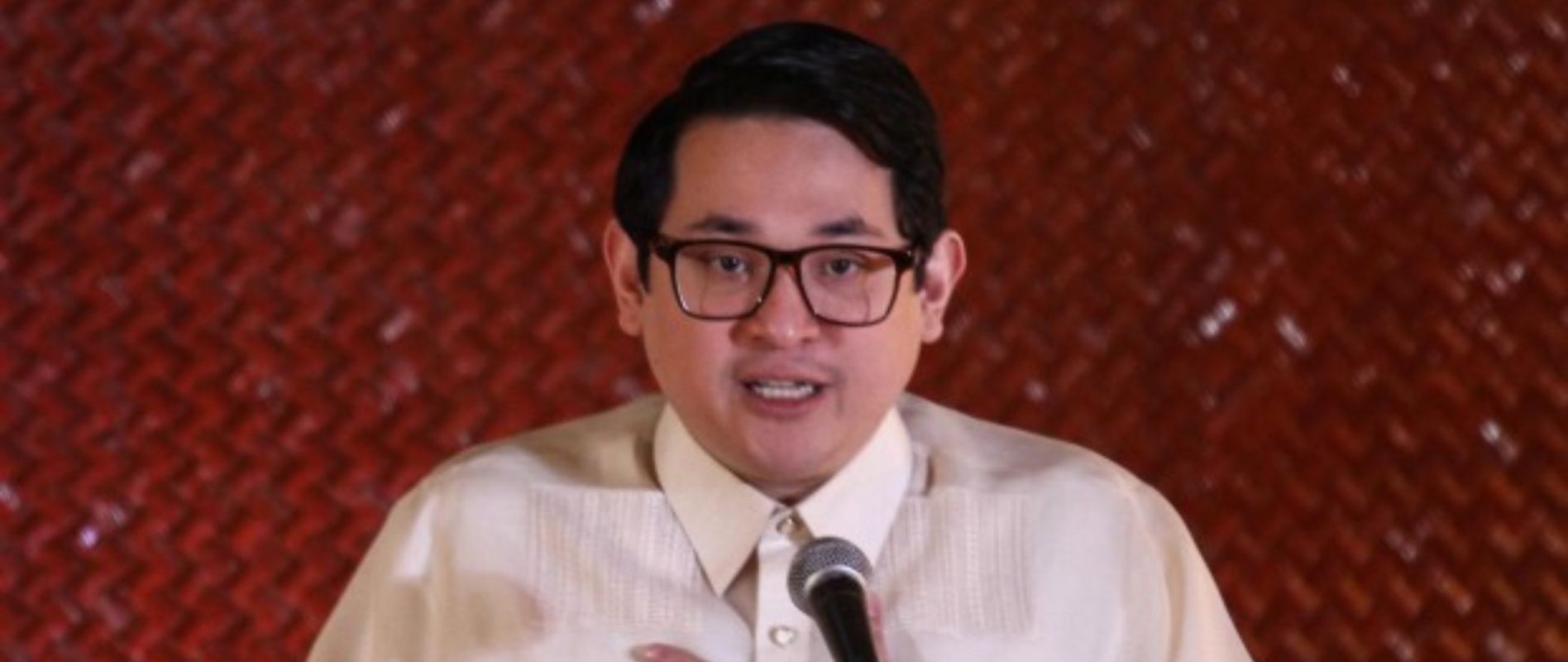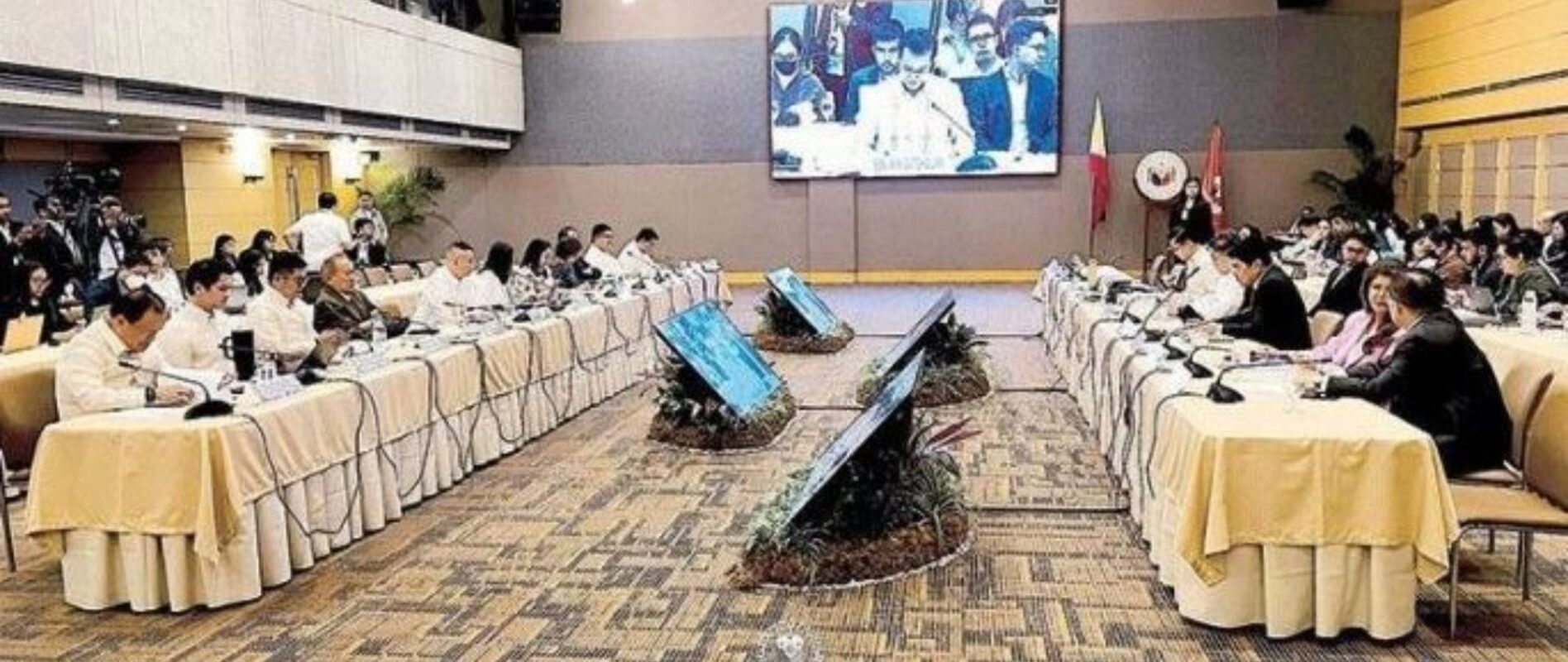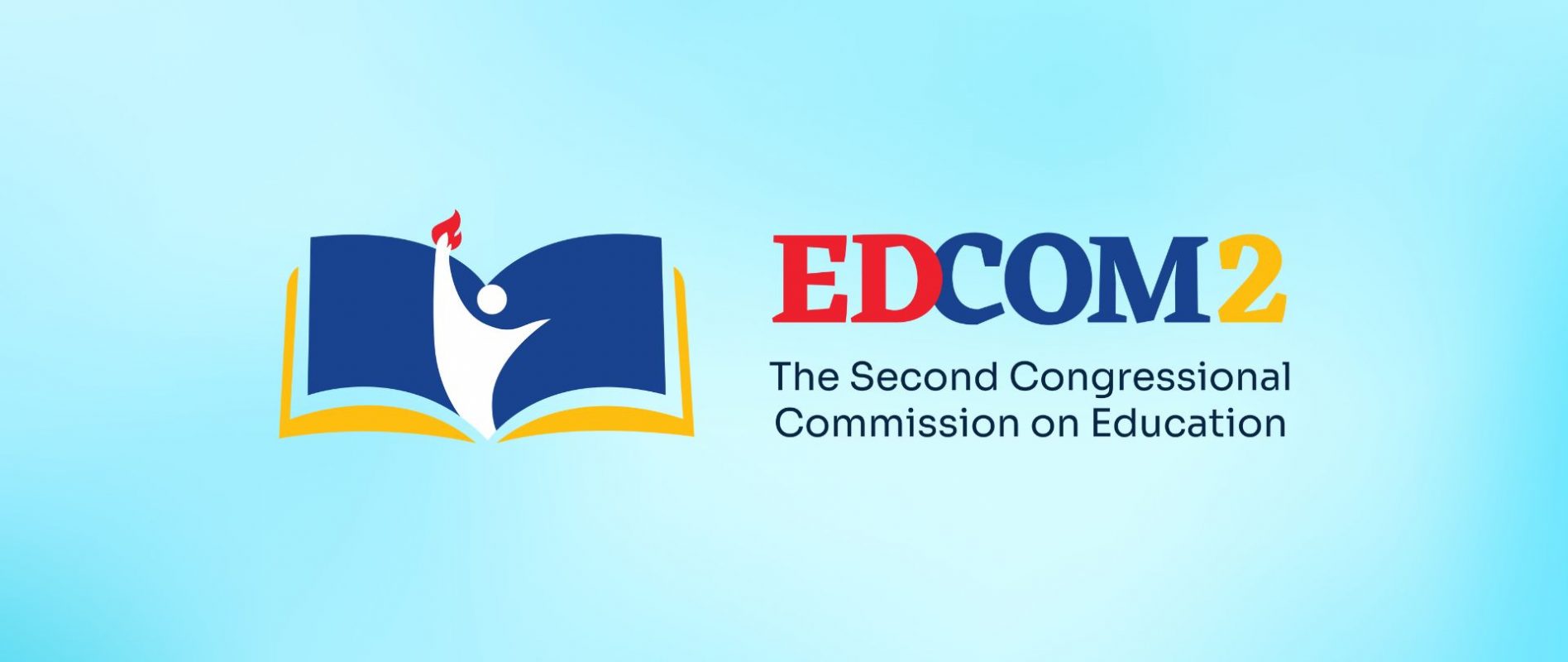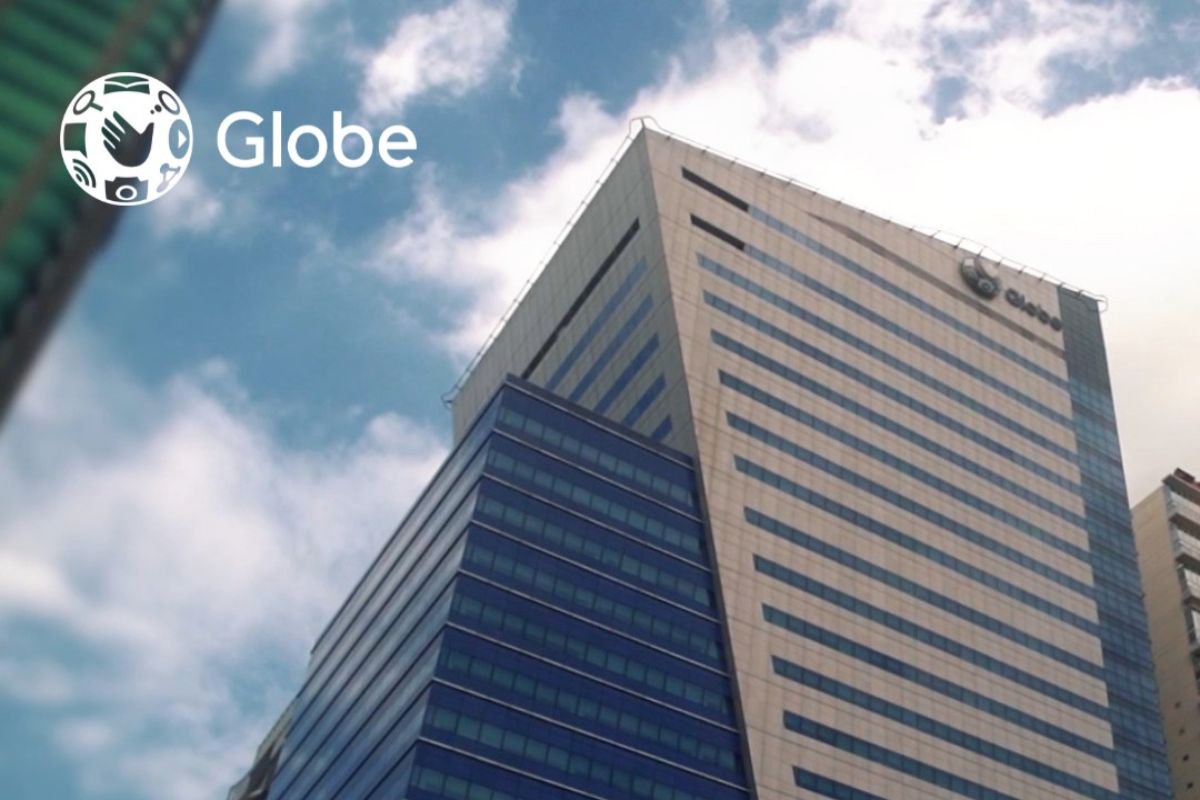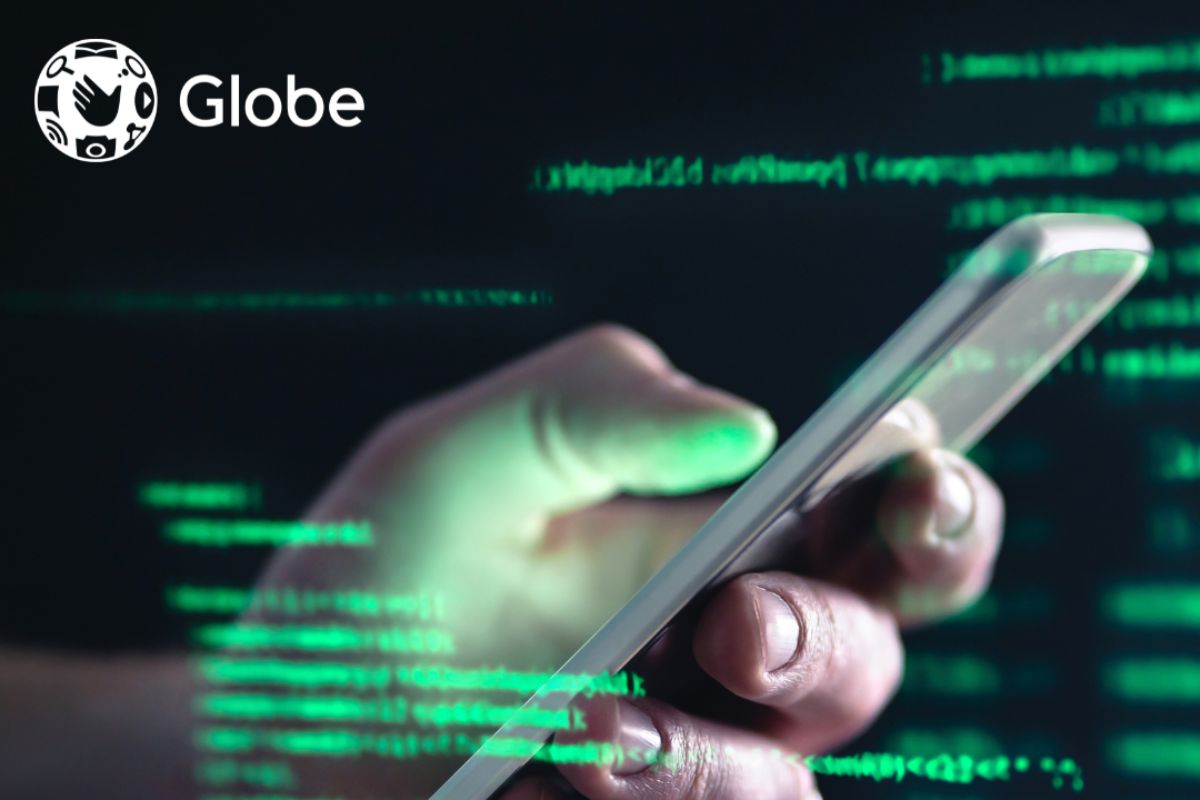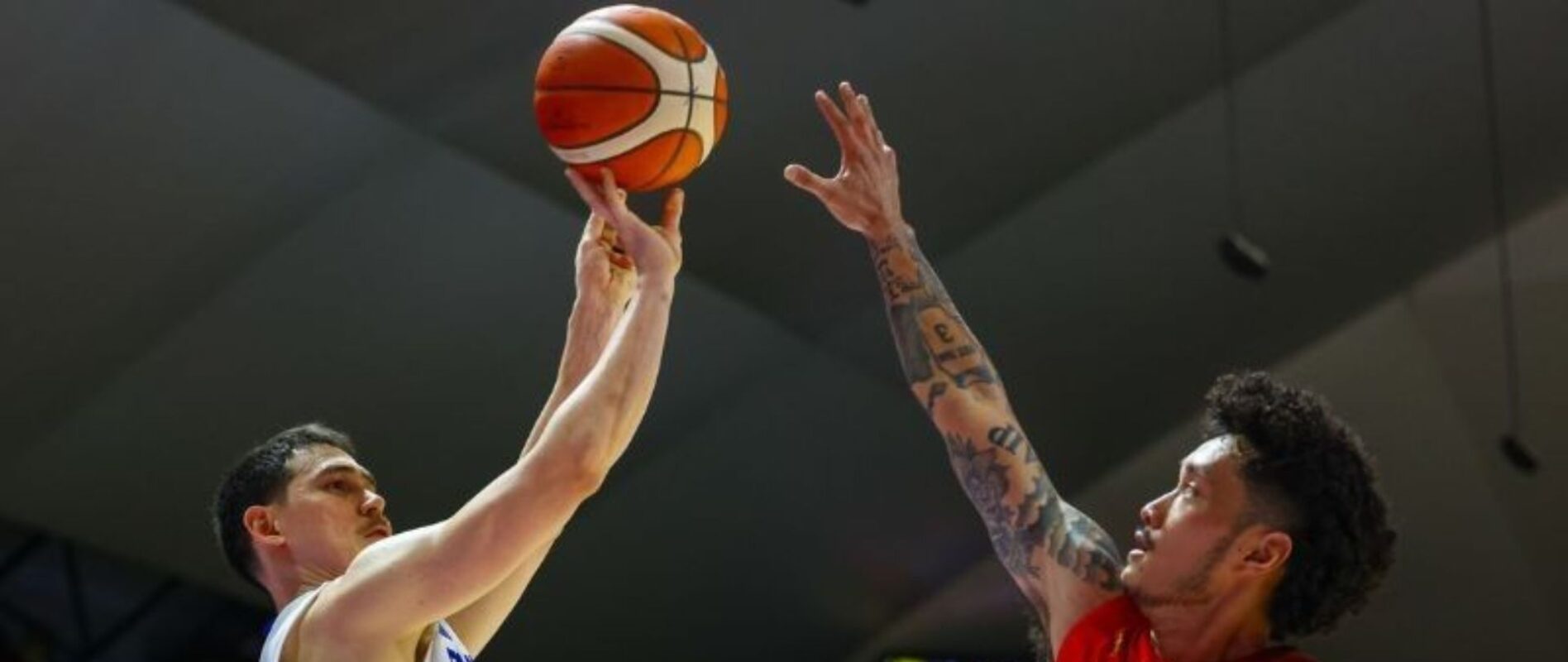OLD PROBLEMS HAUNT NEW SCHOOL YEAR
MORE than 26 million students embarked on a new school year under a distance learning setup amid calls for the resumption of in-person classes.
The Department of Education said that as of September 15, 26,308,875 learners have enrolled for School Year 2021-2022, surpassing last year’s 26,227,022 million enrollees.
Education Undersecretary Nepomuceno Malaluan said there is an indication that more students from last school year have enrolled and those who skipped the previous academic year have returned.
Malaluan noted that the agency expects registration numbers to increase since the enrollment period has been extended until September 30.
However, the Coordinating Council of Private Educational Associations and the Philippine Association of Colleges and Universities stressed that private education is in a “critical state” especially with the steady decline in enrollment in the past two years.
“Most private schools won’t be expecting a substantial increase on these numbers from late enrollees, as classes in public schools also begin and many private school students were expected to transfer,” the groups said in a joint statement.
Enrollment in private schools remained low. To date, only 1,668,489 students enrolled in private schools, compared to the 4.3 million pre-pandemic.
Enrollees in the Alternative Learning System, was also low— 199,422 compared to 599,365 last school year.

Parents want F2F classes
With President Rodrigo Duterte banning face-to-face classes, remote learning will have to continue.
However, some parents in Palitiw, Pasig City are unhappy because of their continuous “struggle” with the distance learning setup.
They claim to have difficulties in explaining the self-learning modules to their children; balancing the time of being a parent and a teacher; and having to deal with the poor telecommunications services.
“Bago pa mag-pandemic gustong-gusto ko talaga ‘yung mga bata na nasa school kasi nakatutok talaga sila sa pag-aaral. Ngayong nag-pandemic hirap ang mga estudiyante – ako rin ay nahihirapan sa kanila. Feeling ko hindi kinakaya ng mga magulang. Kaya gusto ko na sanang maibalik ang anak ko sa paaralan. Sana naman ang pandemic na ito ay hindi dahilan para hindi matuloy ang mga estudiyante na pumasok sa school,” one mother told The POST.
Another mother said, “Pabor na pabor ako sa pag-babalik paaralan ng aking mga anak. Mahirap po kasi talaga ang online class. Unang-una ‘yung mga anak namin hindi talaga nakikinig sa amin. Kung sa titser nila, makikinig sila at matututo sila. Aminado naman ako na kami talaga ang sumasagot ng (module) kapag ayaw nila. At saka may maliit din akong anak, mahirap pagsabayin ang pagtuturo at pag-aalaga.”
Nanay Jekris, a resident of Quezon City and mother of school-aged children, pointed out that government has failed to provide the much needed school materials and learning resources for students, especially for those coming from poor families.
“Hindi na nga kami magkandaugaga sa pagtatrabaho para lang may pantustos sa araw-araw na gastusin at pagkain, dagdag na alalahanin pa namin kung paano na naman ituturo ang tambak-tambak na modules sa aming mga anak. Buti sana kung modules lang. Eh kailangan din naman nila ng internet kasi kadalasan dun ipinapadala ang mga sasagutan,” she said.
Isy Faingold, UNICEF education chief in the Philippines, said that more than 80 percent of parents are worried their children “are learning less.”
“Distance learning cannot replace the in-person learning. There was already a learning crisis before Covid19. It’s going to be even worse,” Faingold said.
The UNICEF chief has likewise expressed fears that many students may never return to school, stressing that remote learning is also taking a toll on children’s mental health and development.

#PagodNaKami
Several students also aired their grievances and concerns with #AcademicBreak and #PagodNaKami trended on Twitter early this week.
Most of the tweets expressed frustration on the remote learning modality implemented for basic education and tertiary levels.
The students stressed that they have been struggling with mental and physical burnout since the start of online classes last year.
“nasa jhs pa lang ako, may 13 na agad kaming projects na iisa deadline tapos exams pa namin next week, hindi po kami robot. We can’t force ourselves to do activities and projects while also battling mental health issues,” a student with a username meaaa777 lamented.
User @tobitochondria said that demands for academic break are also for teachers and school staff: “Calls for an academic break does not encompass only the students of the university but also for the staff who are also victims of a system that negates the welfare of the people in favor of a neoliberal approach to education.”
“You’re struggling physically, mentally and emotionally but you have no choice but to continue passing requirements. We definitely need a break,” another said.
Some users also urged the government to provide concrete plans for the safe resumption of physical classes in all levels.
Twitter user @gayoftheyear69 said that “what’s the freaking point of attending school if the government doesn’t do anything to bringing back a safer school year, nakakahiya kasi only us and Venezuela nalang ang hindi pa nag physical classes sa buong mundo.”

Learning in crisis
Salinlahi Alliance for Children’s Concerns challenged the DepEd to address the recurrent problems of the education system instead of declaring that the school opening amid the pandemic was a success.
“Hindi pwedeng makuntento na lang ang DepEd sa distance learning program nang walang malinaw na plano para sa muling pagbubukas ng mga paaralan. Anong klaseng edukasyon ang matatamasa ng mga bata kung ang mga eskwelahan ay patuloy na nakasara?” Salinlahi Secretary General Eule Rico Bonganay said.
Bonganay stressed that there should be changes in the framework and approach which have been “proven to be flawed.”
“Hindi pwedeng walang pagbabago sa framework at approach na napatunayan nating palpak dahil mauulit nang mauulit lamang ang mga problema. Dapat may konkretong solusyon at mga hakbang para masiguro ang isang ligtas na balik paaralan,” Bonganay said.
In a petition, Salihlahi urged the government to roll out a clear plan for the immediate safe conduct of limited and voluntary in-classroom learning in zero-case and low-risk areas and provide a roadmap to the eventual safe reopening of schools across the country; allocate higher budget to education to ensure the provision of teaching and learning resources for distance learning as well as health protection and benefits to education workers; and implement genuine academic ease.
The Alliance of Concerned Teachers, on the other hand, denounced what it said was “the government’s neglect and lack of plans for the education sector.”
“As state abandonment peaks, we have no one else to turn to but each other. The future of our youth and their right to accessible quality education now lies on the collective resolve of teachers, parents, and students to say no more and demand better,” ACT Secretary General Raymond Basilio said.
SEQuRe Education Movement agreed that schools should again reopen.
“It is plain ridiculous for our schools to remain indefinitely closed when there have been plenty of studies and successful experiences from other countries that prove safe school reopening is not only possible, but necessary,” Dr. Mercedes Arzadon, convenor of SEQuRe Education Movement, said.
“Our youth’s future and well-being are at stake, and so is national development. Time is of the essence, especially with the threat of severe learning loss and retrogression if school closure is further prolonged,” Ardazon added.
She cited the need to equip schools with safety measures and medical support for its stakeholders, as well as to improve basic medical responses such as mass testing, contact tracing, and faster vaccine rollout.
“We are calling on the Duterte government and education officials to formulate a strategy for the gradual reopening of all schools this school year,” Ardazon said.
“It has already been proven that the current distance learning setup is not working, if not totally and merely onerous to the education sector, especially poor rural children. We must move forward and plan for better ways to cope and strive for quality education despite grueling circumstances,” she added.

Blended learning here to stay
The DepEd maintained that blended learning is a “good and valid way” to deliver education as the department looks into its implementation after the pandemic.
Undersecretary for Curriculum and Instruction Diosdado San Antonio explained that blending learning includes face-to-face classes, while some of the lessons could be learned at home through online media and self-learning modules.
“Perhaps, after Covid19, we also recognize, as a good or valid way of delivering basic education services, the so-called blended learning where children do not have to come to school every day,” San Antonio said.
“They can be in fewer classes, with fewer learners so the teachers can pay more attention to them when they do the face-to-face meeting, some part of their lessons could be learned at home. This is the real blended learning that we propose,” he added.
A survey conducted by Social Weather Stations showed that 9 out of 10 Filipino families or 89 percent with enrolled members consider blended learning “more difficult than physical classes.”
However, San Antonio noted that there will be “similarities and differences” in the implementation of blended learning this school year compared to last year.
“The implementation of distance learning would be similar to last year with focus on empowering local school leaders. Parents will still be more active in facilitating learning at home because the students need support,” he said.
As for the differences, the undersecretary said that DepEd will have “more aggressive efforts in adapting the good practices in distance learning.”
“Cross-curricular integrative assessment will be enhanced along with the implementation of academic ease measures,” he added.


